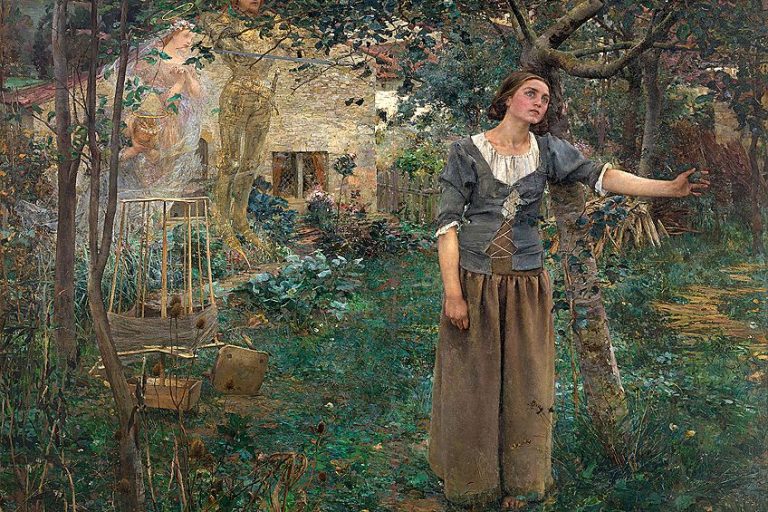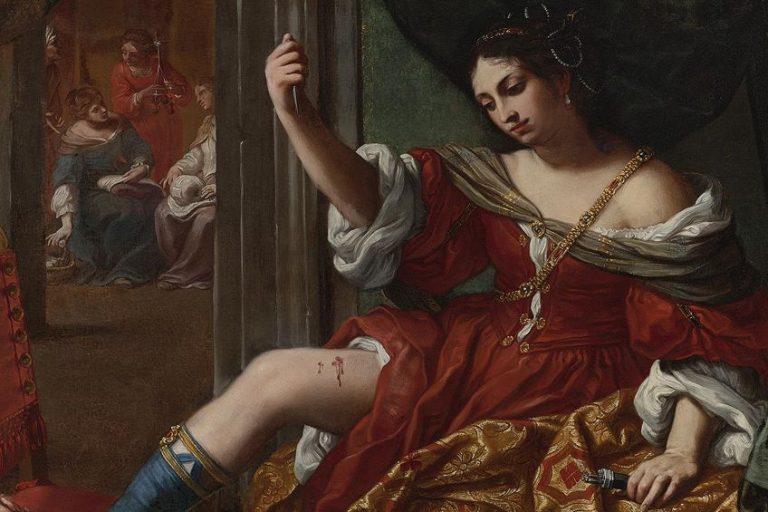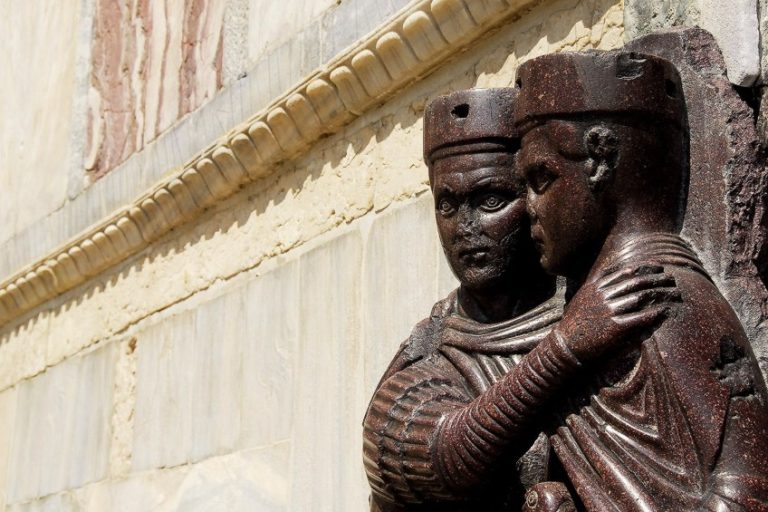Roman Artifacts – Influential and Famous Roman Artifacts
Even if all you know about the ancient Romans are from comic books or blockbuster movies, you likely still have a good idea about what they were all about. Then ancient Romans developed and invented a wide variety of mechanisms, customs, traditions, and tactics that have influenced not only their history but the history of the world at large. The Roman people managed to create one of the largest empires in world history, resulting in their language, culture, and way of life spreading like wildfire across the developing world. However, like most great empires, it eventually fell, leaving behind a treasure trove of artifacts for us to uncover and study. This being said, let’s have a look at some interesting roman artifacts, where they were uncovered, where they are now, and some of the history behind them.
Who Were the Ancient Romans?
The ancient Romans were known for their military strength, political power, and their vast colonial empire that was once the largest on the face of the planet. Their empire stretched across not only Europe, but it managed to reach the shores of Africa and other smaller continents/ nations as well. At its greatest point, their empire encompassed Spain, Italy, France as well, and the Caribbean.
This colonial reign was done under the rule of Julius Caesar, a now famous emperor who was exceedingly popular not only amongst the general public but amongst lesser political leaders of the time as well. However, Caesar’s popularity was a cause for both jealousy and concern among those who sought his power and control over the hearts and minds of the empire.
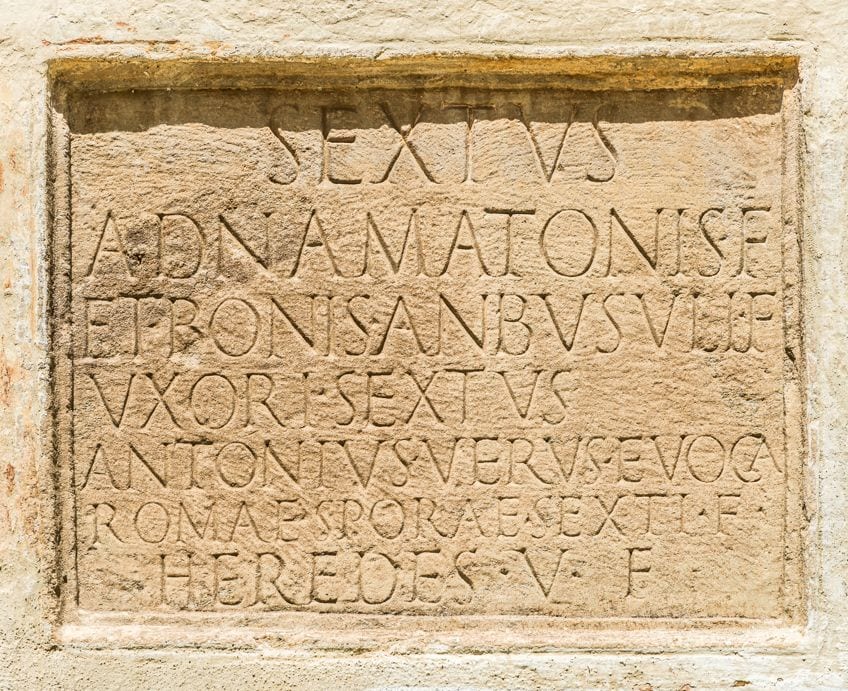
How did such a leader rise to power, you ask? Well, Caesar was an up-and-coming ruler in one of Rome’s many territories, and he would often host (brutal) games for the public to gain popularity and support. Eventually, he would be elected to the position of “pontifex maximums” a position equivalent to a high priest in the order of the Roman empire.
Once this position was gained, he sought to take complete power over Rome and the various states under its control. He did so by crossing a boundary river called The Rubicon with an army which he was aware was illegal under Roman law at the time. This almost immediately sparked a civil war that lasted five years, at the end of which Julius Caesar was declared “dictator for life” of the Roman empire.
Once established, Rome underwent a period of great expansion under Caesar’s rule. This expansion resulted in the nation no longer being known as “the Roman Republic”, but rather “the Roman Empire, over which Caesar’s adopted son Augustus Caesar would rule as the first emperor of their now exceedingly large empire.
The cause of the empire’s fall is often debated, but one of the most widely accepted theories is that it was simply spread too thin. This in combination with the fact that they were being challenged on multiple fronts by other groups eventually resulted in the fall of their capital, and eventually the dissolution of their empire on September 4th 476 CE.
Ancient Roman Artifacts
Due to the sheer scope of their empire, Roman artifacts have been found all over the world. The condition and age of ancient Roman artifacts can vary considerably. This is due to many nations of this era engaging in widespread trade, and the fact Roman natives settled all over the world over the course of their travels. This being said, let’s have a look at some of the most note-worthy ancient Roman artifacts, how old they are, where they were found, and where you can view them now.
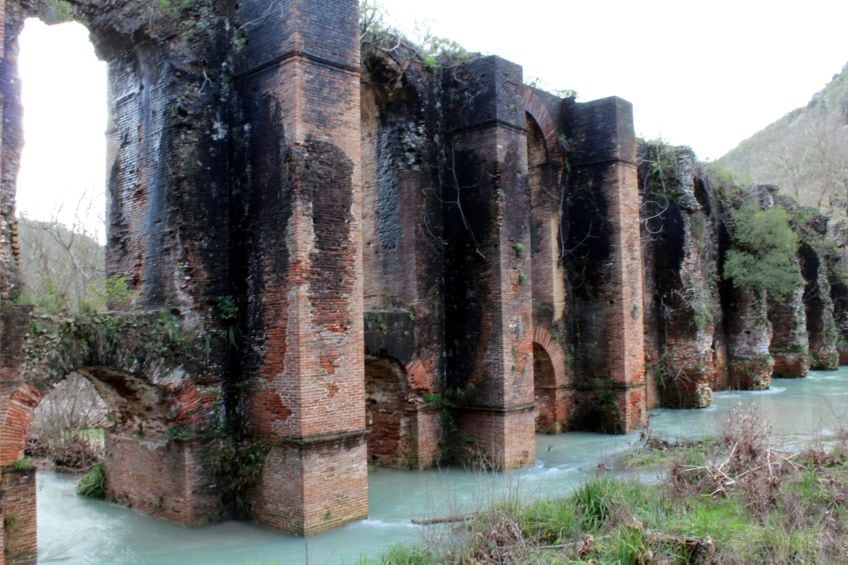
Roman Patrician Bust (1st Century BCE)
| Artist | Unknown |
| Date Created | 50 – 75 BCE |
| Medium | Marble |
| Dimensions (cm) | 5.3 x 4.5 x 4 |
| Location of Discovery | Ancient Ocriculum City, Rome, Italy |
| Current Location | Palazzo Torlonia, Rome, Italy |
One of the best-known examples of ancient Roman artifacts is the Roman Patrician Bust from all the way back in the 1st Century BCE. This bust is a representation of someone who can only be described as an ancient Roman aristocracy. The Romans revered those who served the empire, and both preserve and improve their military strength, and of course, expand their reach.

As is widely known, Roman culture was greatly inspired by Greek culture, but with a few noticeable differences in aesthetic and execution. While the Greeks exaggerated the features of the Gods and leaders, statues like these emphasize the age and imperfections of the subject, glorifying their distinguished age.
The highlighting of the subject’s age was meant to emphasize his wisdom, instead of physical prowess as was the case with Greek artworks
Augustus From Prima Porta (1st Century CE)
| Artist | Sculptor Polykleitos (1st – 2nd Century CE) |
| Date Created | 20 CE |
| Medium | Marble |
| Dimensions (m) | 2.08 |
| Location of Discovery | Villa of Livia, Rome, Italy |
| Current Location | The Vatican, Vatican City, Italy |
There are loads of statistics depicting powerful leaders all around the world, but this is arguably one of the most interesting and visually impressive of them all. This statue of Augustus Caesar was made to solidify his ascension to the title of emperor. Augustus is credited with ending half a century of civil war between city-states and eventually unifying Rome.

The detail of this sculpture is painfully intricate, and instead of a harsh, realistic depiction of the emperor, this representation is muscular and authoritative, a clear departure from traditional Roman sculptures. The armored breastplate he wears depicts a king reinstating military standards from Roman legions, all while the angel cupid stands grabbing at Augustus’s ankle.
The Orator Statue (1st Century BCE)
| Artist | Roman Republican |
| Date Created | 1st century BCE |
| Medium | Bronze |
| Dimensions (m) | 1.8 (h) |
| Location of Discovery | Lake Trasimeno, Sanguineto valley, Italy |
| Current Location | The National Archaeological Museum of Florence, Italy |
If you’d like an idea of just how all-consuming Roman culture was during their reign and expansion, look no further than the Orator statue. This statue was created by an Etruscan when the Roman empire absorbed their nearly 1000-year-old society into their empire.

The sculptor carved both his name and the names of his parents into the statue in native Etruscan. The subject presented in this bronze masterpiece is an Orator, essentially a public speaker who would inform the public of major news. The name of this particular Orator was Aule Metele, and judging by his body language and clothing, he was a pretty important figure too.
This is a clear display of just how all-consuming Roman colonial culture could be at the time.
The Glass Gladiator Cup (50 – 80 CE)
| Artist | Unknown |
| Date Created | 50 – 80 CE |
| Medium | Glass |
| Dimensions (cm) | 7.9 (h) |
| Location of Discovery | Northwest Quadrant of Italy |
| Current Location | Metropolitan Museum of Art, New York City, USA |
If you think that giant foam fingers are a cool thing to take home after a big football game, imagine what it would be like if every game sold commemorative drinking glasses, with the names of players embossed into the surface. That is pretty much what some enterprising individuals did back when gladiator matches were the primary source of entertainment back in the Roman empire.

The glass seen above is just one of many that were discovered in areas of Italy that were once home to bustling Roman city centers and gladiator combat venues. This cup seems to commemorate the fight between two seemingly important gladiators, as it not only displays their names on the rim of the cup but two rudimentary representations of them too.
Venus in a Bikini (79 CE)
| Artist | Unknown |
| Date Created | 79 CE |
| Medium | Marble |
| Dimensions (cm) | 62 (h) |
| Location of Discovery | Pompei, Metropolitan City of Naples, Campania, Italy |
| Current Location | Naples Archaeological Museum, Naples, Italy |
While your mind might drift to thoughts of the “Birth of Venus” when hearing the name of this statue, it is actually a depiction of the Roman Goddess Aphrodite. The figure is almost completely naked, save for a corset that holds up her top and bottom coverings.

Aphrodite leans on a smaller figure of Priapus with her left arm as she secures her sandal with her right hand. There are traces of red paint on seemingly random parts of the statue, including on the tree trunk that Priapus is standing on, and on the lips of the goddess.
The craftsmanship of both the Bikini and the statues themselves is incredible, and the integration of these two elements is believed to have been achieved by using the gliding technique.
Trajan’s Column (110 CE)
| Artist | Emperor Trajan (98 – 117 CE) |
| Date Created | 107 – 110 CE |
| Medium | Stone |
| Dimensions (m) | 35 (h) |
| Location of Discovery | Open Air Museum, Rome, Italy |
| Current Location | Open Air Museum, Rome, Italy |
As far as famous Roman artifacts go, this one is pretty hard to miss. The Trajan’s Column was commissioned by Emperor Trajan when he conquered Dacia all the way back in 107 CE. The purpose of the column was to commemorate his victory, and it actually features a 2,000-scene relief carved into the surface detailing the battle and Roman’s eventual victory.
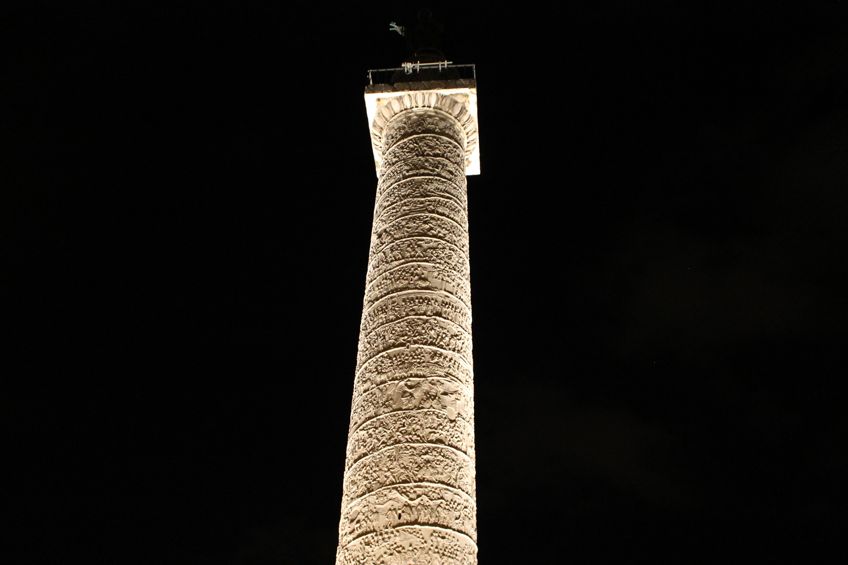
One of the most striking images on the column is a depiction of soldiers handing the emperor the severed heads of two fallen enemies. Since history is written by the victors, the accuracy of the story depicted in the column is disputed in some circles. What is known for sure is that the column once stood between two libraries, but it seems to be the sole survivor of structures constructed in the area during this time period.
Statue of Marcus Aurelius on Horseback (176 CE)
| Artist | Unknown |
| Date Created | 176 CE |
| Medium | Bronze |
| Dimensions (m) | 4.23 (h) |
| Location of Discovery | Lateran Palace, Rome, Italy |
| Current Location | Capitoline Hill, Rome, Italy |
If we’re discussing famous Roman artifacts, we would be remiss not to mention this one located on Capitoline Hill in Italy. Statues featuring horses were quite common in ancient Rome but many of them were burned and destroyed during the spread of Christianity.

Apparently, this one remained due to crusaders believing it to represent Emperor Constantine, the first Christian king of Rome. This statue is quite famous and has been used as inspiration by countless modern artists not only in the field of sculpting, but painting, sketching, and even photography.
The piece depicts the horse and Marcus Aurelius in motion with his horse, something that can be challenging to achieve even on a much smaller scale.
The Fonseca Bust (2nd Century CE)
| Artist | Gian Lorenzo Bernini (1598 – 1680) |
| Date Created | 2nd Century CE |
| Medium | Marble |
| Dimensions (cm) | 160 (h) |
| Location of Discovery | Unknown |
| Current Location | Capitoline Museum, Rome, Italy |
These days you can simply take a picture, pick a filter, and upload it to Instagram if you’re feeling particularly good-looking. Back in the day, however, you had to pay someone to paint/sketch you, or if you were really wealthy, commission a bust of your beautiful face (and hair) to be made. This bust is an example of what is believed to be exaggerated female beauty standards.
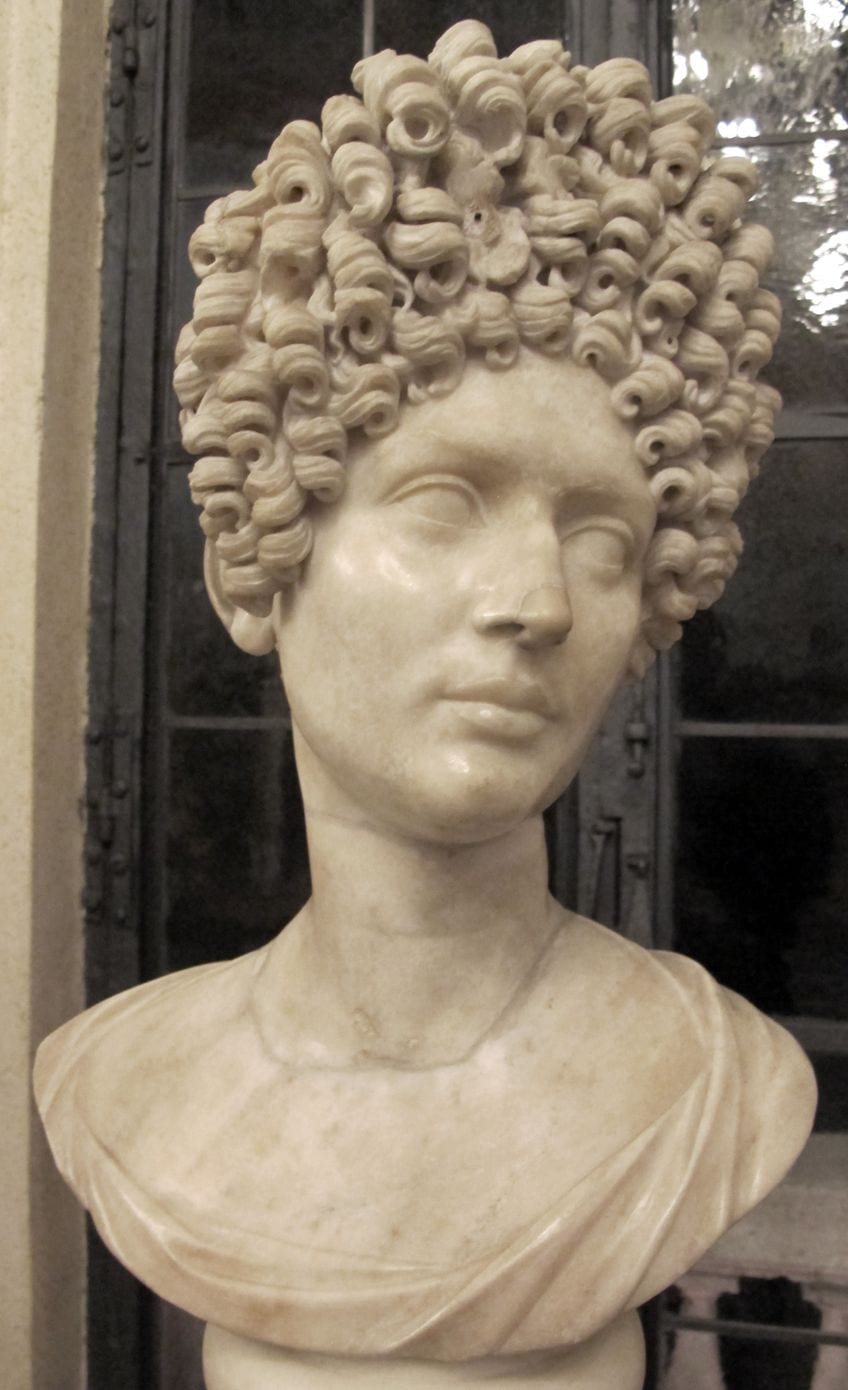
Wealthy women would often hire stylists to furnish their heads with elaborate curls, which are widely believed to require extensions due to the intricacy of said curls. The subject of this bust was likely a member of the Flavian dynasty, considering the age and the fact that it’s made of marble instead of plain old stone. A truly expensive vanity piece, and an impressive work of art.
The Farnese Hercules (216 CE)
| Artist | Glycon of Athens (1st – 2nd century CE) |
| Date Created | 216 CE |
| Medium | Marble |
| Dimensions (cm) | 33.66 × 22.23 |
| Location of Discovery | The Baths of Caracalla, Rome, Italy |
| Current Location | The Museo Archeologico Nazionale, Naples, Italy |
If you haven’t figured it out yet, the ancient Romans tended to “borrow” a lot of their religious mythology (among other things) from the ancient Greeks. This is evident in the look and feel of the now famous Farnese Hercules, the creator of which many believe to have been Greek, and is later noted to have lived and worked in Rome for a period of time.
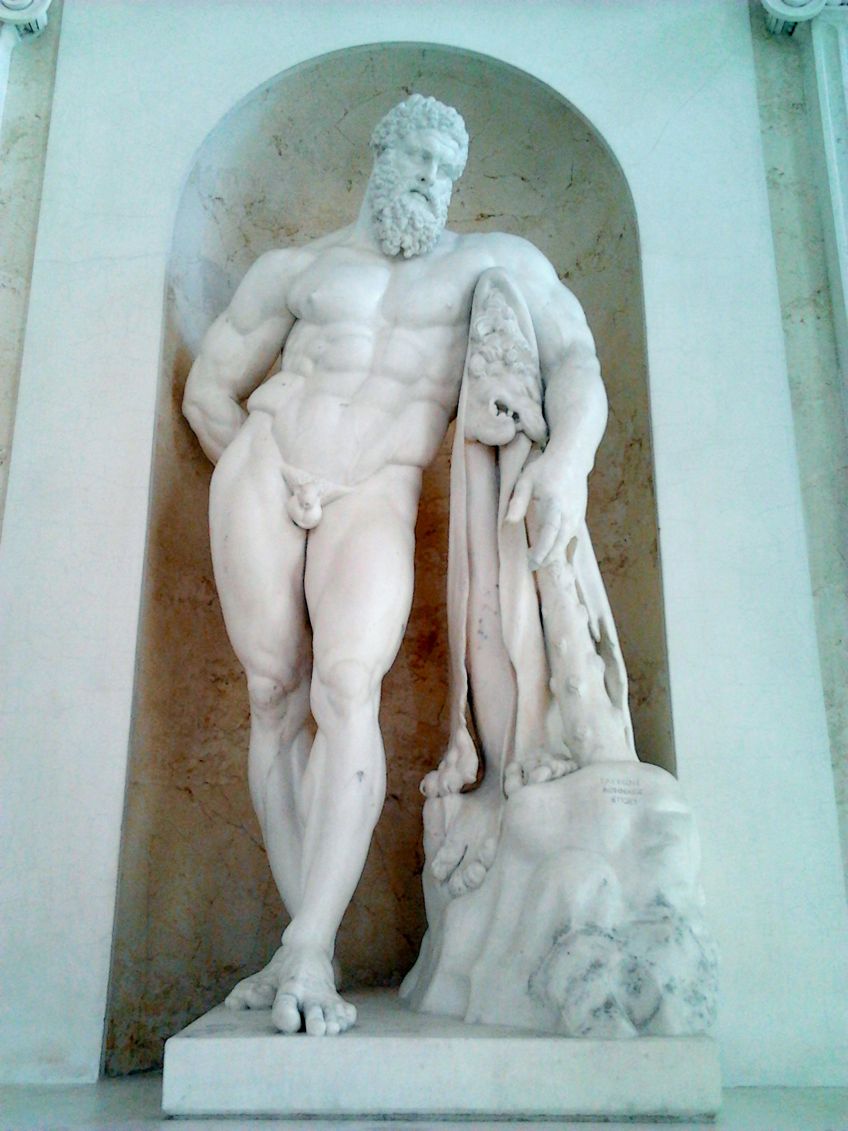
This Roman antique is actually a reproduction. The original was melted down by crusaders who saw it as an emblem of a heathen god, but thankfully a larger version (this one) was made later on and was discovered in a bathhouse back in the 1400s.
The detail and visual impact of this piece are imposing, but still incredible to behold.
Colossus of Constantine (230 – 337 CE)
| Artist | Maxentius (2nd – 3rd century CE) |
| Date Created | 230 – 337 CE |
| Medium | Marble |
| Dimensions (m) | 12 (when whole) (h) |
| Location of Discovery | Basilica Nova, Italy |
| Current Location | Capitoline Museums, Rome, Italy |
The phrase “go big or go home” is a fairly modern phrase, but it doesn’t mean that this train of thought hasn’t been around since the time of the ancient Romans. The Colossus is a depiction of Emperor Constantine, who unsurprisingly commissioned the statue himself. It now lies in various pieces, but the sheer size of each piece is a clear indicator that this true-to-life statue would have been monumental in size.

Although it might seem that the statue would have stood up straight, it is actually believed that the statue would have been seated. The head is cast in great detail, and other even though the statue’s exterior is made of marble, it is believed to have had a brick interior. The feet of this statue alone are around 2 meters in length, just to give you an idea of the immensity of this artwork.
Now that you know who the Roman people were, how vast their empire was, and some of the most famous Roman antiques in existence, it’s time for you to get out there and put your newfound knowledge to the test. There are loads of more niche artifacts out there for you to see, so why not build on your knowledge and explore the treasure trove that is ancient roman antiques for yourself?
Take a look at our ancient Rome artifacts webstory here!
Frequently Asked Questions
What Are the Leaping Dolphins in Ancient Roman Artifacts?
The Roman religion as well as their Pantheon of Gods were heavily influenced by Greek culture. The Romans believed that dolphins were associated with their God of wine and theatre named Dionysus, who transformed into a Dolphin while escaping a ship he had been forced on to. Leaping dolphins are often seen in Greek artifacts as an homage to this deity.
What Race Were Ancient Romans?
Like lots of other ancient societies, the Roman empire consisted of loads of different people of varying ethnicities. You could see being Roman at the time as being more of a state of mind, and culture, than a certain ethnicity. This makes sense considering how the Romans integrated vastly different cultures and ethnicities into their empire.
What Were the Ancient Romans Know For?
The ancient Romans were known for loads of things. This includes their iconic battle formations, their incredible architecture, their dress code, language, food, conquests, literature, poetry, engineering feats, and even their contributions to our understanding of the world and metaphysical concepts.
Isabella studied at the University of Cape Town in South Africa and graduated with a Bachelor of Arts majoring in English Literature & Language and Psychology. Throughout her undergraduate years, she took Art History as an additional subject and absolutely loved it. Building on from her art history knowledge that began in high school, art has always been a particular area of fascination for her. From learning about artworks previously unknown to her, or sharpening her existing understanding of specific works, the ability to continue learning within this interesting sphere excites her greatly.
Her focal points of interest in art history encompass profiling specific artists and art movements, as it is these areas where she is able to really dig deep into the rich narrative of the art world. Additionally, she particularly enjoys exploring the different artistic styles of the 20th century, as well as the important impact that female artists have had on the development of art history.
Learn more about Isabella Meyer and the Art in Context Team.
Cite this Article
Isabella, Meyer, “Roman Artifacts – Influential and Famous Roman Artifacts.” Art in Context. January 9, 2023. URL: https://artincontext.org/roman-artifacts/
Meyer, I. (2023, 9 January). Roman Artifacts – Influential and Famous Roman Artifacts. Art in Context. https://artincontext.org/roman-artifacts/
Meyer, Isabella. “Roman Artifacts – Influential and Famous Roman Artifacts.” Art in Context, January 9, 2023. https://artincontext.org/roman-artifacts/.



